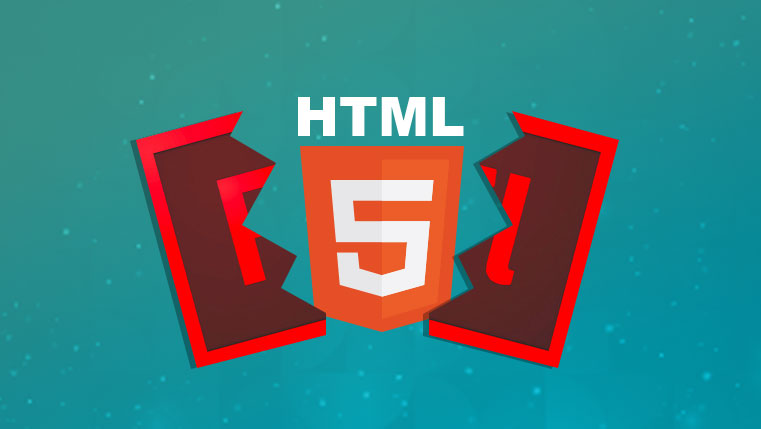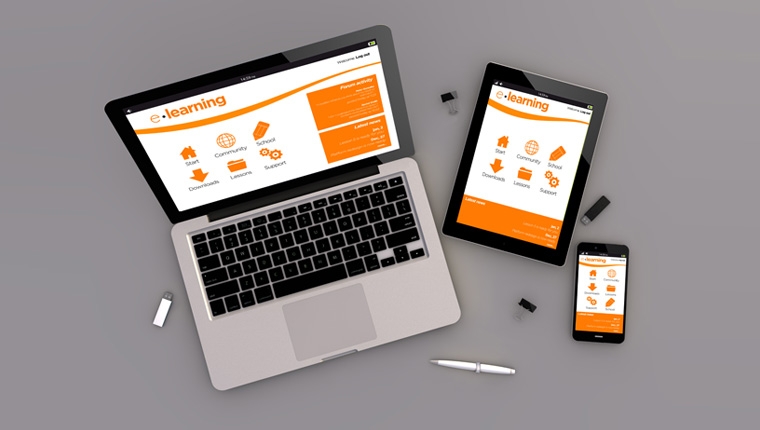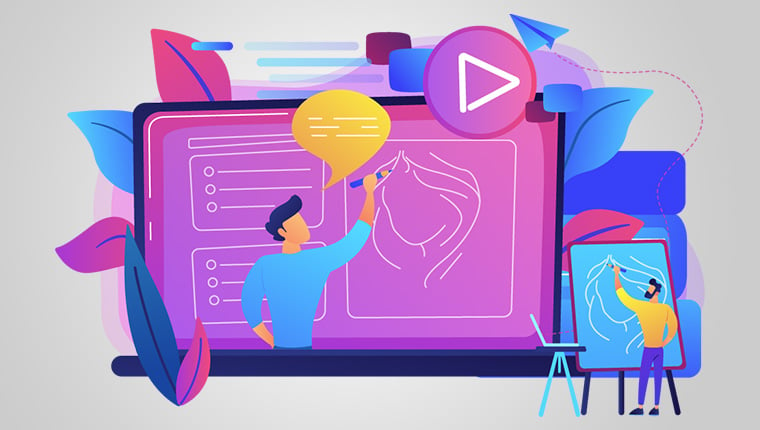Converting Flash to HTML5? 4 Must-Read Blogs

There is quite a buzz around Flash and HTML5 these days. Ever since Google announced it would block Flash in its browsers, the main topic of discussion in the e-learning world has been the conversion of existing flash-based e-learning courses to HTML5. Converting Flash to HTML5 eLearning has become essential to keep your training resources in tune with technological changes. Many of you might have several questions such as but why and how? Here’s a collection of blogs that can answer your questions.
4 Useful Blogs on Converting Flash to HTML5
Check blogs that answer your questions on:
- The importance of HTML5 in eLearning
- Authoring tools to convert Flash to HTML5
- Saving budget while converting Flash content
- Getting started with the Flash to HTML5 conversion process
4 Blogs on Converting Flash to HTML5
Here are 4 blogs that can help you understand all about converting Flash-based e-learning to HTML5.
1. HTML5 and eLearning – What is it All About?
Many have been recommending the use of HTML5 for eLearning development. What’s the big deal about HTML5 in eLearning? HTML5 first assumed significance when Steve Jobs announced that Apple devices would not support Flash plugins.
Later on, when Adobe announced the end of Flash development and support in Android devices, HTML5 gained more significance. Now, Google has planned to exile Flash from its browsers and make HTML5 the default experience. What is this all about? And what has it got to do with e-learning?
Check this blog to find out how HTML5 overcomes the limitations of Flash and the prominent role it plays in converting Flash content to multi-device compatible HTML5-based eLearning.
2. What are the Popular Authoring Tools to Convert Flash to HTML5?
Various rapid authoring tools are available in the market to help you convert your existing Flash-based courses to HTML5. These authoring tools help you retain the functionality of interactivities and assessments even in the converted version. Wondering which one would be the best?
Here is a blog that lists the 4 most preferred rapid authoring tools that help you convert your existing Flash-based e-learning content to HTML5. It also talks about the positive factors in each tool that aid Flash to HTML5 conversion. Click here to view the blog on the authoring tools to convert Flash to HTML5.
3. Is it Possible to Save Budget While Converting Flash to HTML5 eLearning?
One factor that makes organizations rethink their Flash to HTML5 conversion strategy is the expense involved. Authoring tools do make the conversion process easier, but what about situations where source files of the old eLearning courses are unavailable?
Wouldn’t it be quite an expense if you had to recreate the entire Flash-based eLearning to HTML5? What do you do when you do not have source files of Flash courses? And how do you cut down expenses in such a situation? Check this blog post to find out how you can save your budget while converting Flash to HTML5.
4. How to Get Started with Converting Flash Content to HTML5?
How do you begin the process of converting Flash eLearning to HTML5? Where do you start? There is no doubt that conversion from Flash to HTML5 requires a well-planned approach. It also requires skilled professionals to handle the conversion.
The process of converting Flash to HTML5 involves 9 steps. Find out what those 9 steps are in this blog. You can use this as a ready reckoner to convert Flash content to HTML5.
To know more about the different options available to you while converting Flash to HTML5, check our free eBook on Flash to HTML5 eLearning Conversion: 4 ‘R’s that Matter.





